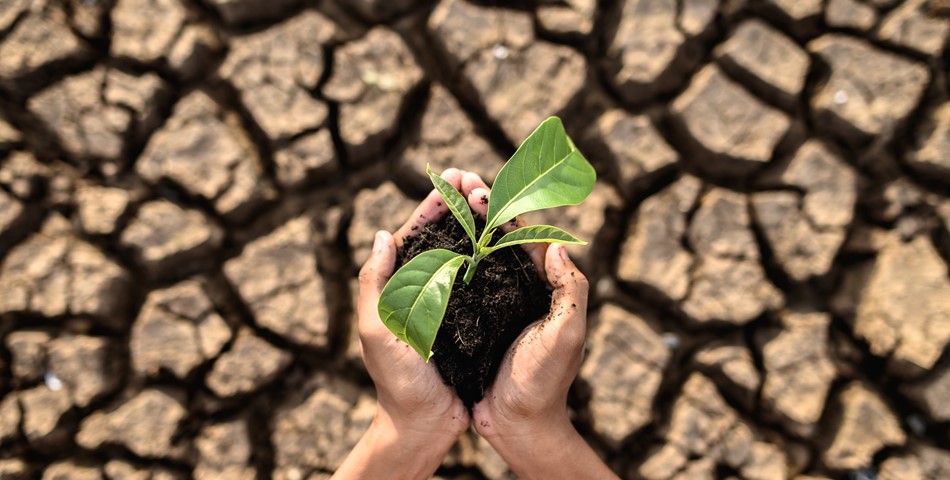South Africa's agricultural landscape has been under strain due to persistent dryness and a heatwave in key summer crop-growing regions. Concerns over potential spikes in consumer food inflation loom large as a result. This comes in the wake of a challenging period where South Africa witnessed food price inflation averaging 11% in 2023, a notable increase from previous years' averages of 9.5% in 2022, 6.5% in 2021, and 4.8% in 2020. Such escalation in inflationary pressures raises apprehensions about the nation's economic stability and consumer welfare.
Examining the drivers behind the recent uptick in food inflation reveals a complex interplay of both domestic and international factors. While international agricultural commodity prices played a significant role, with factors like the Russia-Ukraine conflict and global supply chain disruptions contributing to higher producer prices, domestic issues such as animal diseases, currency depreciation, and electricity supply challenges also added to the strain.
One notable trend in the past years has been South African food manufacturers absorbing some of the cost increases without passing on the full burden to consumers. This decision was likely influenced by economic conditions and elevated unemployment rates, reflecting a delicate balance between maintaining profitability and consumer affordability.
However, recent developments suggest a potential alleviation of some of the inflationary pressures. Global grain supplies have become more abundant, providing a degree of respite. Additionally, improved preparedness among farmers, particularly regarding power supply disruptions, has mitigated some of the risks associated with load shedding.
Looking ahead, while certain sectors like white maize products may still face inflationary pressures, other segments of the food basket could experience moderation or sideways movement in prices. This expectation is underscored by factors such as stable vegetable production, aided by irrigation practices and reduced load shedding impacts.
Despite these challenges, South Africa's agricultural sector has demonstrated remarkable resilience, achieving a record-breaking $10.2 billion in agricultural exports in 2023. Led by products like citrus, maize, and wine, this surge in exports signals the sector's potential for growth even amidst adversity.
Wandile Sihlobo, Chief Economist at Agbiz, attributes this export success to improved volumes and prices across a diverse range of agricultural products. Fruit prices saw an upward trajectory, while grains and oilseed prices experienced declines from previous years. Importantly, these exports were not confined to specific markets but were distributed across continents, with Africa, Asia, the EU, and the Americas all playing significant roles.
Nevertheless, challenges persist, as evidenced by South Africa's continued status as an importer of agricultural products, including rice, palm oil, wheat, poultry, and whisky. Despite a slight decline in agricultural imports in 2023, the country still faces hurdles in achieving a balanced trade position.
To sustain and expand upon these achievements, concerted efforts are needed to address infrastructure deficiencies and navigate evolving trade dynamics. Sihlobo emphasizes the necessity for continued investment in port, rail, and road infrastructure, alongside proactive measures to explore new export markets and safeguard existing ones amidst protectionist tendencies in certain regions.
While South Africa confronts the specter of food inflation amid drought conditions, the agricultural sector's resilience and export prowess offer glimmers of hope. By fostering collaboration, innovation, and strategic investments, the nation can navigate these challenges and harness its agricultural potential for long-term prosperity.














